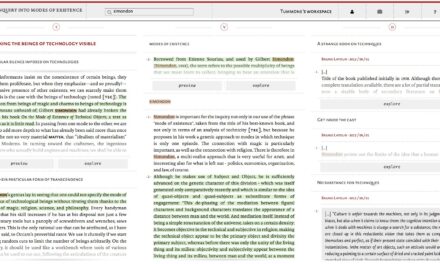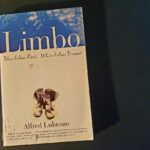When it comes to use narratives as a form of social inquiry the research community is divided. Narrative inquiry – the entwined process of elicited story-telling and reflection – extends as far back as Aristotle’s Poetics; yet its reputation is still uncertain. As a form of accessing social experience, it shares the assumption that social lives are woven from a personal and experiential continuum enveloped in a given social, cultural, political and economic context. For some researchers, this level of impending subjectivity raises concerns about the reliability, validity and generalisation of research, but for others it presents a tool of empowerment and/or for self-improvement that is perhaps less explicit in other methodologies.
Conle (2010) goes as far as to propose that research narratives are a means of personal and professional development. But she too acknowledges the vulnerability of narrative inquiry with regards to the trustworthiness of the information collected. This is an issue with which researchers wanting to access social realities through personal accounts are faced. I dwelled on this dilemma when conducting my PhD research. If on one hand, I wanted to understand social reality through the inner world of the research participants, on the other hand I wanted to make sure my research was seen as reliable both through method and analysis. The challenge to devise a process through which I could collect, understand and interpret the longitudinal and lateral aspects of the social phenomenon via personal perspectives was thus on. This raised two fundamental questions:
- How could I ensure the rationality of the data I collected? and
- How could I guarantee that my interpretation of the data was not confused with the perceptions of reality to which I was given access?
Conle (2001; 2010) suggests that observing the Habermasian principles of communicative action can provide narrative inquiry with the desired levels of research reliability.
Considering narrative inquiry as communicative action means to challenge the narrator about the truth being told through her/his ability to truthfully account for her/his state of mind, emotions and motives in producing a coherent narrative. Narrative inquiry thus becomes a process which, featuring different iterations, aims to establish a common understanding of the experiences narrated.
The goal of coming to an understanding [Verständigung] is to bring about an agreement [Einverständnis] that terminates in the intersubjective mutuality of reciprocal understanding, shared knowledge, mutual trust, and accord with one another. (Habermas, 1979, p.3)
That is not to say that such understanding is translated into interpretation. What it means is that the conscious application of communicative action to narrative inquiry will hopefully result in the intersubjective rationality of the research. In other words, understanding and interpreting research narratives are two different activities. Sharing a common understanding with the interlocutor means to recognise the meaning narrators ascribe to their narratives. To interpret narratives however implies to explore why narratives carry the meanings they carry in the social, cultural, economic and political context in which they are produced. That is when the application of social theory is called for given that it takes into account the wider context of the reality presented.
In order to achieve the intersubjective understanding of the narratives I used digital technologies as a contemporary conduit of communication that can support – but cannot on its own (re)produce – the principles of communicative action. Looking back, I think the intentional use of different tools to record participants’ narratives worked well. It enabled me to sustain the dialogue with the research narrators during an extended period of time, thus allowing me to cross check the constancy of their accounts on the different platforms in which we interacted. Looking forward, I have now started to see the web with new eyes. The web as a space where communication can be facilitated is conducive to the creation of rich narratives that are unintentionally produced via the practices of its users. The question that is then raised here is not only one of research trustworthiness but also one of research ethics.
Conle, C. (2001). The Rationality of Narrative Inquiry in Research and Professional Development. European Journal of Teacher Education, 24(1), 21–33.
Conle, C. (2010). Practice and Theory of Narrative Inquiry in Education. In M. Murphy & T. Fleming (Eds.), Habermas, critical theory and education. London: Routledge.
Habermas, J. (1979). Communication and the Evolution of Society. Polity Press.










